Niseko United
Japan’s Powder Playground Gone Global
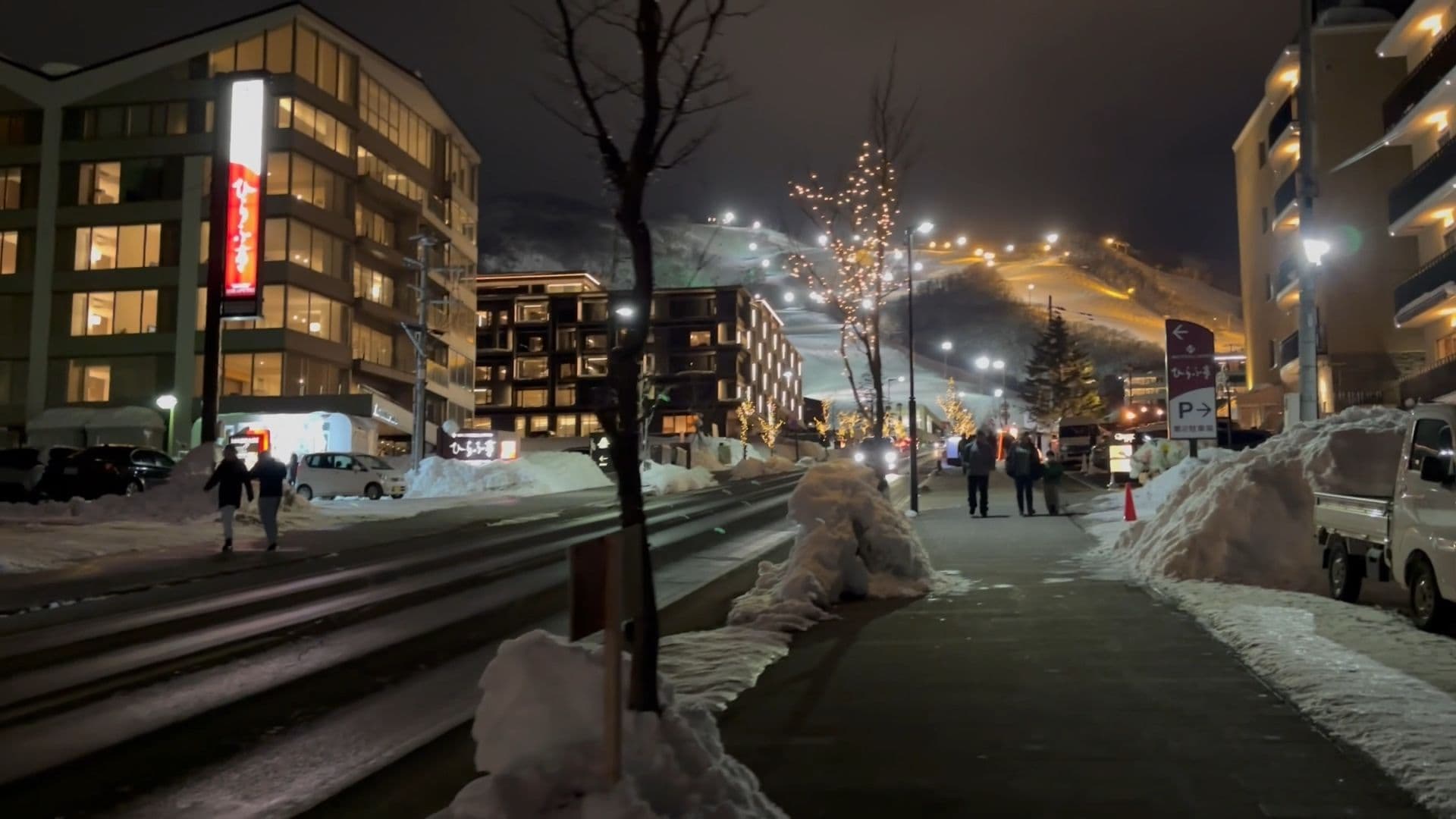
ニセコ
The Epicenter of Japow
Niseko isn’t just a ski resort — it’s a phenomenon. Sitting on the southwest shoulder of Hokkaido, Niseko United blends four interlinked resorts — Grand Hirafu, Hanazono, Niseko Village, and Annupuri — into one massive powder playground draped across Mount Annupuri’s volcanic slopes. It’s the kind of place where you’ll share a gondola with a Kiwi, grab a chairlift with an Aussie, and end your day swapping stories with a Tokyo local over ramen. The atmosphere is a cosmopolitan mix of cultures, but the mountain’s heart beats to the steady rhythm of falling snow.
Historically a quiet Hokkaido ski area, Niseko’s rise to fame was rocket-fueled by word-of-mouth from traveling powder hunters in the early 2000s. The appeal was simple — absurdly consistent snowfall, terrain that rewards both intermediates and experts, and a friendly Japanese vibe that made visiting easy. Over the last two decades, development has transformed the main villages into bustling hubs filled with international restaurants, luxury hotels, and English-speaking ski schools.
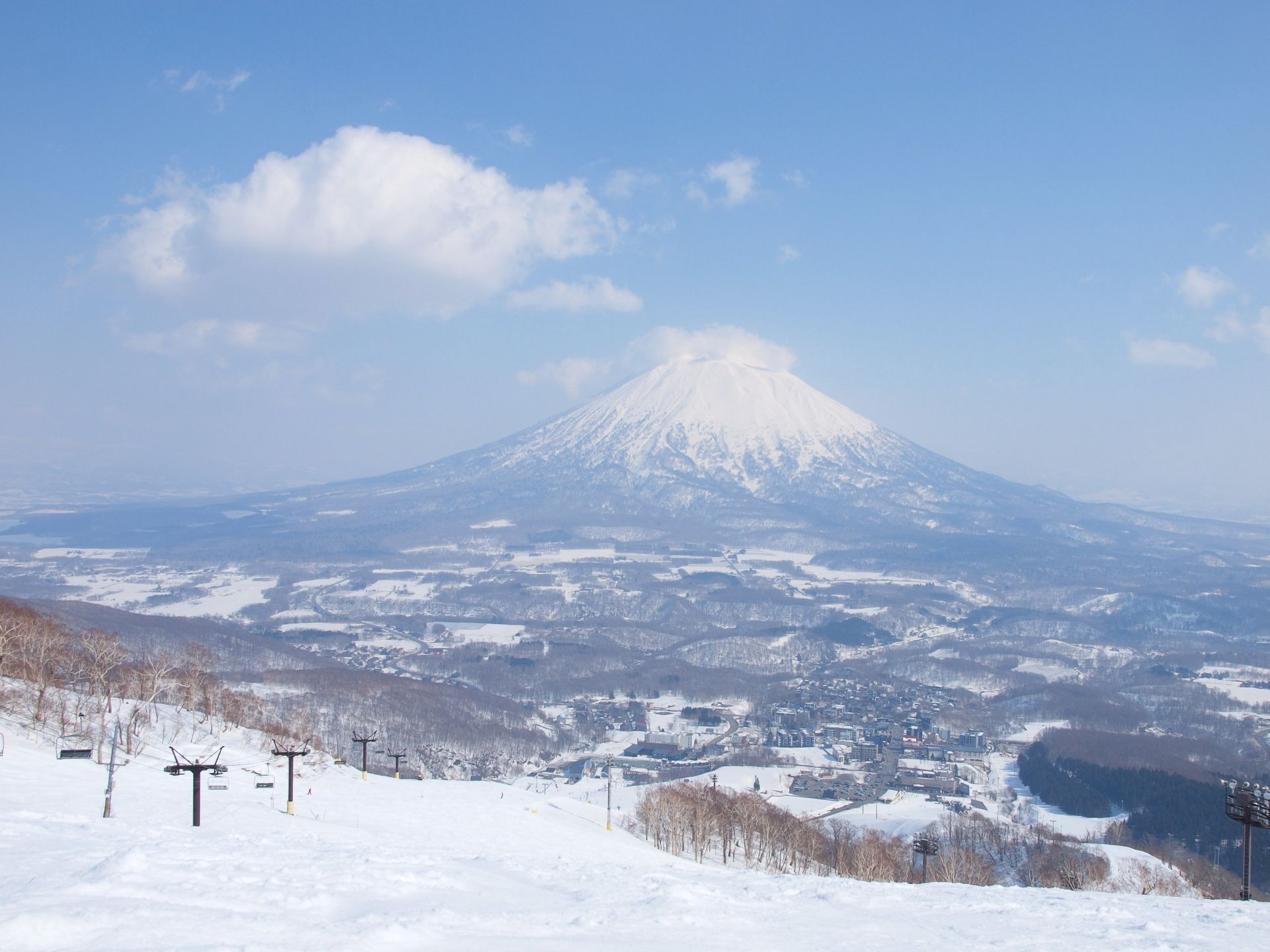
That transformation comes with trade-offs. Niseko is no longer a “hidden gem” — it’s on the global bucket list, and the crowds reflect that, especially during peak January and February. On storm mornings, the best lines can be gone before you’ve finished your coffee, and lift lines in Hirafu can snake longer than you’d expect in Japan. Still, the sheer scale of the resort, plus a well-designed lift network, means there’s always somewhere to find untracked turns if you know where to look.
For the seasoned Japow chaser, Niseko offers an irresistible combination: deep powder, reliable snowfall, and backcountry gates that open up huge bowls and trees. For first-time visitors to Japan, it’s a comfortable entry point — English menus are everywhere, instructors from around the globe are on staff, and après is livelier than most Japanese resorts. Just come prepared for higher prices than you might expect elsewhere in Japan and know that you’re sharing this snow mecca with the world.
Resort Stats
- Vertical940m (1200m → 260m)
- Snowfall~17m
- Terrain 30% 40% 30%
- Tree Riding
- Lift Pass$61
- Liftsgondolas, high-speed quads, chairs
- Crowds
- Out of BoundsAllowed (via official gates)
- Night Skiing
- Family Friendly
- Trails61
- Skiable Area~887ha
- VibeInternational, busy, energetic
Trail Map
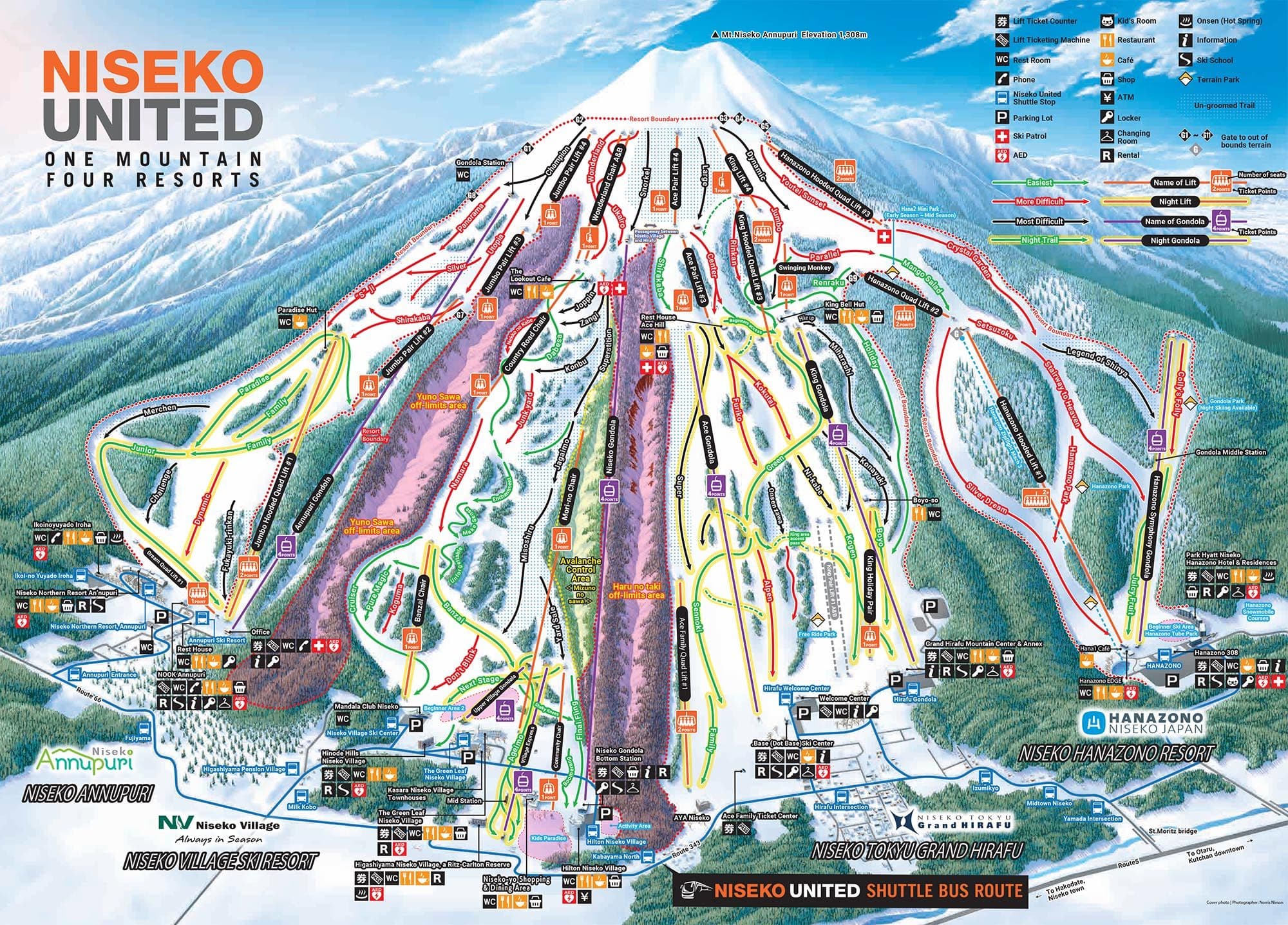
Powder & Terrain
The magic of Niseko’s snow comes from cold, moisture-heavy Siberian storms that cross the Sea of Japan and unload on Hokkaido. At around 17 meters per year, it’s not just the quantity that stuns — it’s the quality. Niseko powder is famously dry, light, and forgiving, meaning you can ski hard all day without feeling like you’re plowing through cement.
Terrain variety is one of Niseko’s strong suits. Each of the four areas offers its own personality: Grand Hirafu is the largest and busiest, with wide-open groomers and easy access to the summit. Hanazono is home to some of the best tree runs and terrain parks. Niseko Village offers longer fall-line runs and a slightly quieter vibe, while Annupuri’s mellow bowls appeal to cruisers and powder surfers alike.
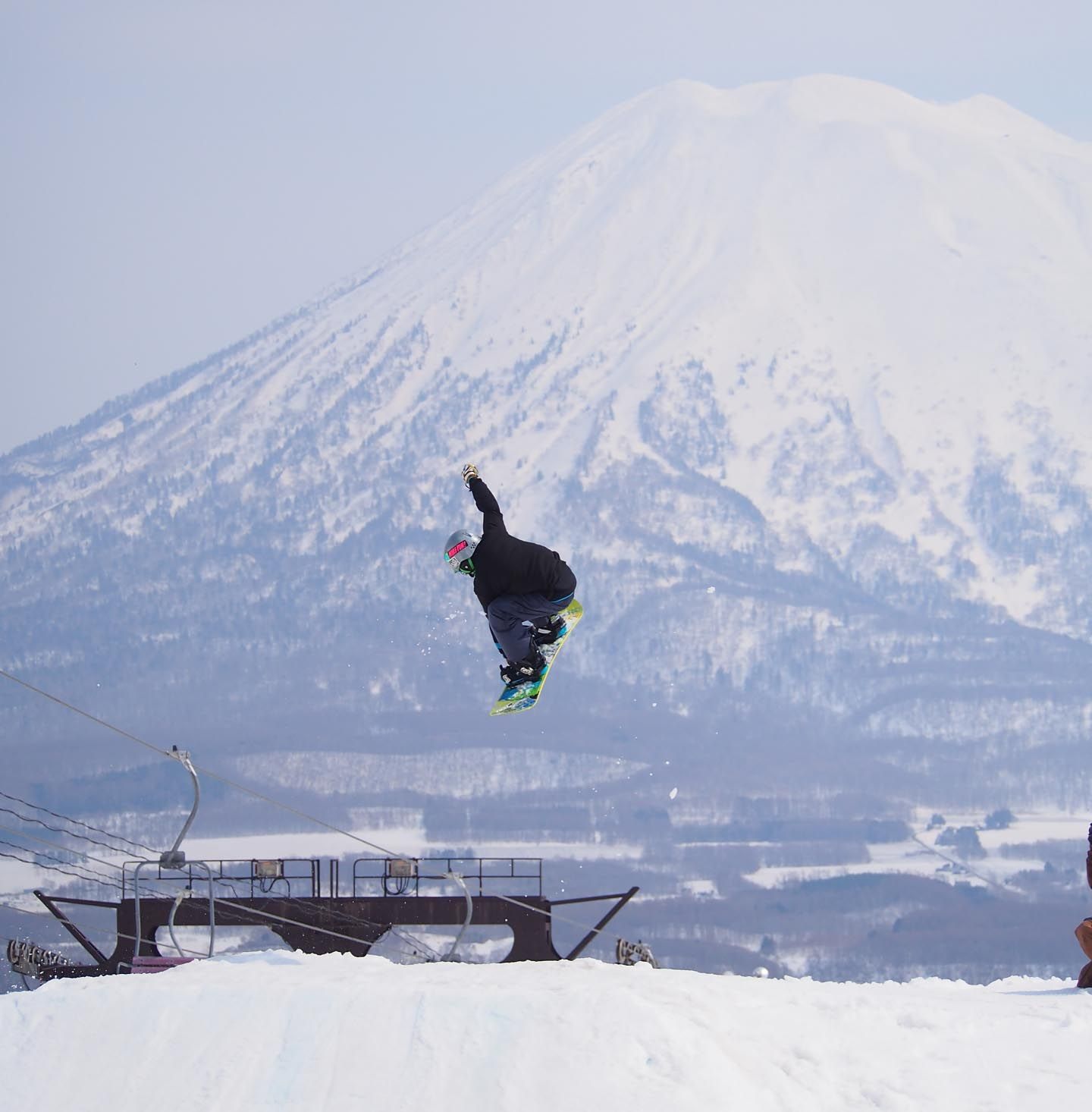
The real gems lie beyond the groomers. Niseko’s gate system — 11 in total — opens up access to sidecountry and backcountry terrain that ranges from wide powder bowls to steep tree shots. Gates 2 and 3 lead to the legendary peak hikes, where on clear days you can score untouched powder with views of Mount Yotei in the distance. Gates 7 and 10 drop you into long, rolling gullies that hold stashes well after a storm. Patrol strictly manages these gates for avalanche control, so obey closures — they’re taken seriously here.
Crowds can be the deciding factor in your day. On a weekend or during peak holiday weeks, the main lifts in Hirafu can see lines and tracked-out conditions by mid-morning. Savvy riders head for Annupuri first, or work the Hanazono side early before looping back. Storm days can be a gift — while visibility drops, the snow stacks fast, and you can lap sheltered trees all day with fresh lines each run.
Night skiing is another Niseko signature. Hirafu’s floodlit runs stay open until 8:30 pm, giving you the chance to ski under glowing lights while snowflakes swirl in the beams. On a good night, it can feel almost surreal — powder refills under your feet, no sun to chase, and only the hum of the lifts breaking the quiet.
Who's it for?
Niseko works best for advanced intermediates and above—especially those comfortable in trees or venturing off-piste. If you’ve got touring gear or an eye for gates, the terrain opens up dramatically.
It’s also a good option for powder-hungry skiers who want a resort that runs like a well-oiled machine. Groomers are wide, marked, and maintained. The base areas are efficient. There’s real infrastructure.
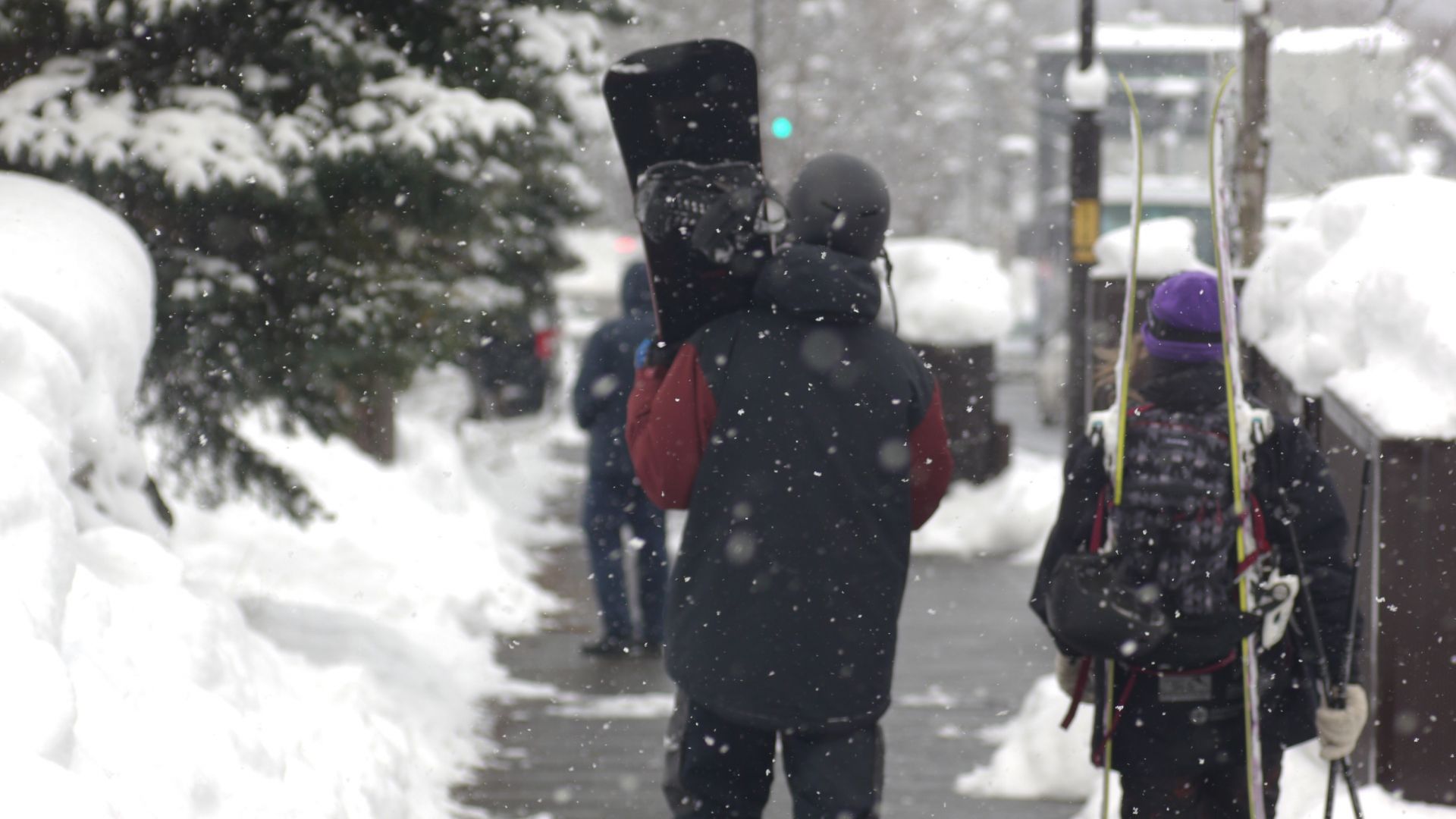
Beginners are well catered for in lower Hirafu and Hanazono. Families will appreciate the international ski schools and kid-friendly infrastructure.
Terrain junkies and backcountry riders will love the gate system — but need to be ready for competition and tracked lines. For a quieter experience, consider hopping over to nearby Moiwa or booking a cat-skiing day outside the resort.
Accommodation
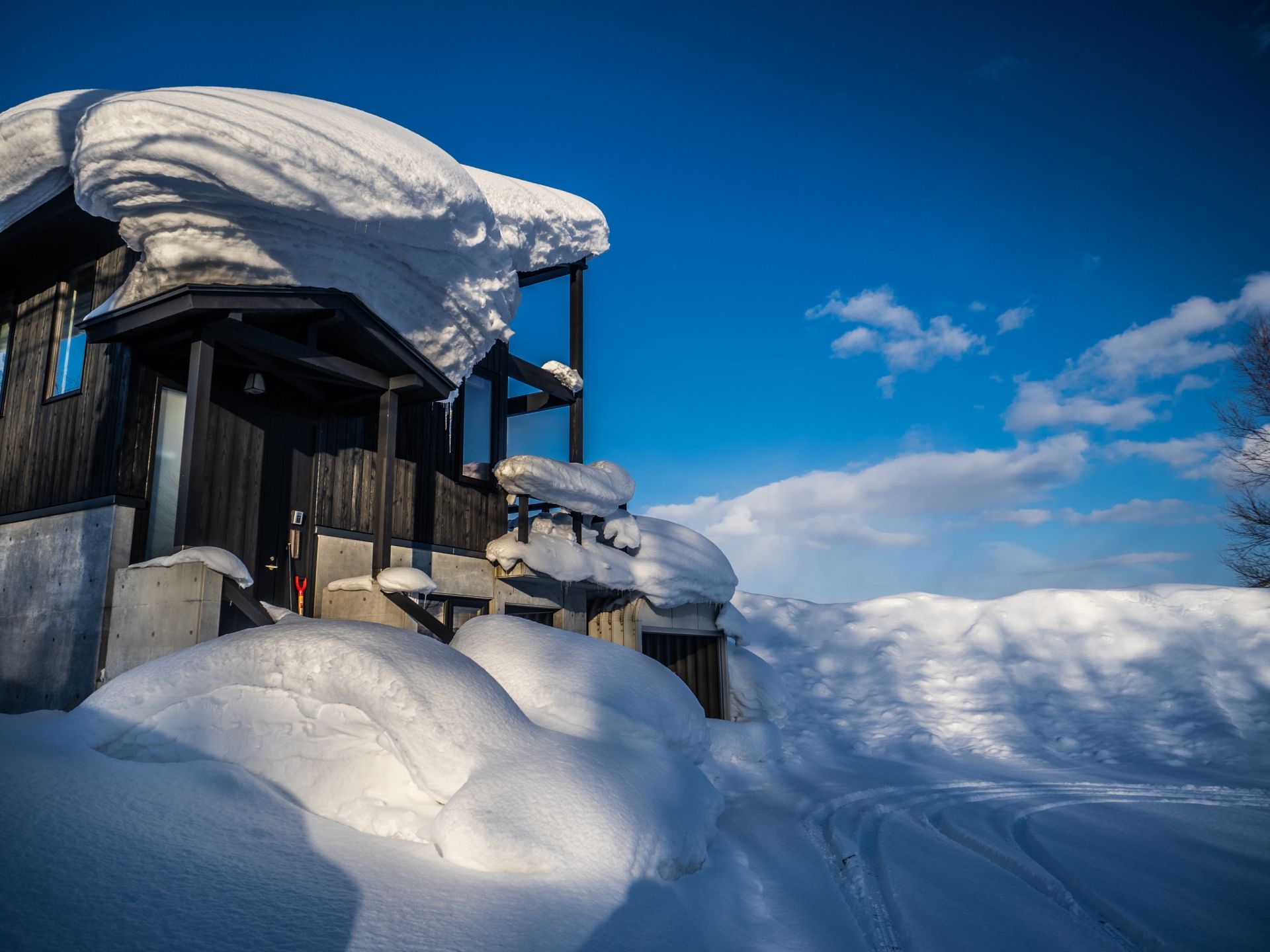
Niseko offers the most diverse accommodation range of any Japanese ski resort. Grand Hirafu village is the main hub, packed with ski-in/ski-out hotels, serviced apartments, and boutique lodges. Luxury seekers flock to names like The Vale Niseko and Setsu Niseko, both offering high-end dining, spacious rooms, and private onsens. These come with price tags to match — expect rates similar to North American resorts at peak season.
For mid-range stays, there’s a wealth of modern apartments and smaller hotels just off the main streets, many with shuttle access to the lifts. These often blend Western comfort with Japanese touches, like tatami mat rooms or communal baths.
Budget travelers and solo riders aren’t left out. The area still has pensions, hostels, and backpacker lodges, though they book up fast in peak months. Staying in nearby Kutchan can be a cost-saver, with local buses linking you to the lifts in 15 minutes.
Food & Après
Niseko’s dining scene is unmatched in Japan’s ski world. You can grab steaming bowls of miso ramen at midnight, tuck into fresh Hokkaido seafood, or feast on wagyu beef hotpot with friends. Hirafu alone has over 150 dining options — from Michelin-recommended Japanese fine dining to casual izakayas.
Après here is lively compared to most Japanese resorts. Hirafu has bars ranging from cozy whisky lounges to rowdy backpacker pubs. For a true local experience, hit a small izakaya in Kutchan and toast your day with Sapporo Classic beer.
Getting There
The nearest airport is New Chitose, about 2.5 hours away by bus or train. Airport shuttles run frequently in winter, making transfers straightforward. Renting a car offers flexibility, but heavy snowfall means you’ll need winter tires — and driving in a whiteout is not for the faint-hearted.
Japow Travel Tips
- Lift Hours: ~8:30am–8:30pm (night skiing available at Hirafu, Hanazono)
- Backcountry: Respect the gate system. Patrol takes it seriously. Rescue outside bounds is not guaranteed.
- Snow: Reliable and consistent, but tracked fast. First chair matters.
- Culture: English widely spoken. Expect more Western than Japanese vibes in Hirafu.
- Nearby Resorts: Rusutsu (40min), Moiwa (adjacent, quieter), Kiroro (day-trip distance)
- Peak Season: Christmas to Chinese New Year = max crowds, max prices
Verdict — Japow’s Brightest Star
Niseko’s reputation is well earned. The snow is otherworldly, the terrain varied, and the gate system opens up endless possibilities. Yes, you’ll share it with more people than almost anywhere else in Japan, but if you play it smart — chase storms, explore every gate, and ride into the night — you’ll understand why it’s the most famous name in Japow.